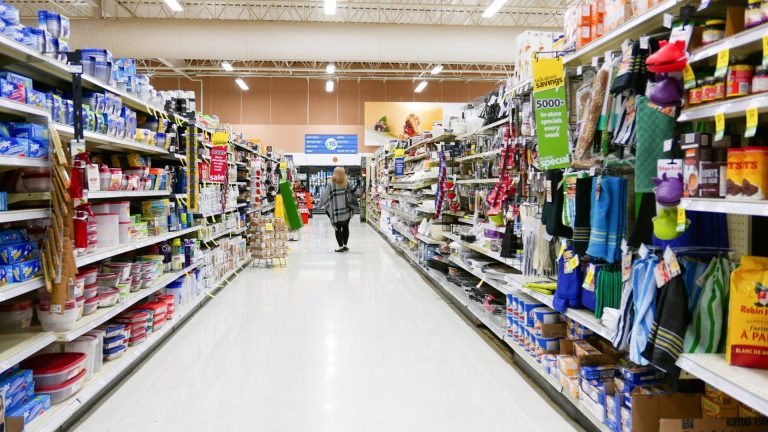Healthcare Facility Cleaning for Cold & Flu Season
Evergreen Advanced Infection Control Protocols
When cold and flu season hits, healthcare facilities feel the pressure first. Patients are more vulnerable, staff are at higher risk, and germs spread quickly in high-traffic areas. Regular cleaning isn’t enough, medical environments demand a different level of protection.
That’s where Evergreen’s advanced infection control comes in. Following CDC-compliant disinfection procedures isn’t just about wiping down surfaces. It’s about using the right hospital-grade products, giving them proper dwell time, and training staff to follow protocols that keep pathogens from spreading. At Evergreen, we build these standards into everyday cleaning, not just when there’s an outbreak.
This extra layer of protection is what helps keep patients safe, reduces staff sick days, and gives families peace of mind when they walk through your doors. Over the next sections, we’ll break down what effective infection control really looks like from high-touch surface schedules and air quality management to medical waste handling and staff training.

High-Touch Surface Sanitization Schedules
High-touch surfaces are the hotspots where germs thrive. Door handles, light switches, bed rails, elevator buttons, each one gets touched hundreds of times a day. Without strict sanitization routines, they become the fastest way for cold and flu viruses to spread.
What works best:
- Spot the hotspots: Bed rails, over-bed tables, IV pump controls, staff workstations, and restrooms should be top priority. British Columbia’s own Best Practices for Environmental Cleaning highlight these as key targets.
- Set the pace: In healthcare, once a day isn’t enough. High-traffic zones often require cleaning every hour, and restrooms after each use when possible.
- Audit the results: Tools like UV markers and fluorescent gels reveal that surfaces are often missed even after “routine” cleaning. A recent APIC study found harmful microbes persisting on surfaces that looked clean.
- Stop cross-contamination: Colour-coded cloths (red for washrooms, blue for glass, yellow for general surfaces) keep germs from hitching a ride from one area to another.
Expert insight: Dr. Allison McGeer, a Toronto infectious disease specialist, sums it up well:
“Frequent, consistent wiping of surfaces that people touch the most is one of the simplest yet most effective ways to cut down transmission in hospitals.”
And the data backs her up: a Canadian study showed high-touch surfaces in hospitals are frequently missed during standard cleaning, leaving gaps in infection prevention.

Air Quality Management During Flu Season
Cold and flu viruses don’t just land on surfaces; they float in the air, waiting to be inhaled. That makes air quality a critical piece of any infection control program.
Four ways to keep your facility breathing clean air:
- Upgrade filtration
HEPA filters capture up to 99.97% of airborne particles. Whether built into your HVAC system or used in portable air scrubbers, they dramatically reduce viral load in the environment. - Watch humidity
Viruses like influenza survive longer in dry air. Keeping humidity at moderate levels helps reduce their ability to spread. - Control what comes in
Up to 90% of dirt and pollutants enter a facility on the bottom of shoes. Properly maintained entrance mats and regular carpet vacuuming keep contaminants from circulating back into the air. - Maintain the system
Regular filter changes and HVAC inspections aren’t optional. Neglected systems create stagnant airflow zones where pathogens linger.
BC’s Best Practices for Environmental Cleaning reinforce that air and surface hygiene are inseparable. Clean air strengthens every other infection-control measure in place.

Medical Waste Handling Protocols
When it comes to infection control, how medical waste is handled can make or break a facility’s safety program. Blood, sharps, contaminated linens, and other biomedical waste aren’t just unsightly; they’re potential carriers of flu viruses, norovirus, and even more serious pathogens.
Best practices for healthcare facilities include:
- Use proper PPE at all times — gloves, face protection, and gowns where appropriate. Staff should treat every spill or material as infectious until proven otherwise.
- Follow safe cleanup protocols — place wet floor signs, apply disinfectant with a 10-minute dwell time, and carefully collect waste in double or triple bags clearly marked with the universal biohazard symbol.
- Sharps disposal — needles and broken glass should never be handled by hand. Use tongs or a dustpan and place them in puncture-proof sharps containers as required by WorkSafeBC regulations.
- Compliant disposal — All infectious waste must be disposed of according to local public health rules and standards set by the Canadian Council of Ministers of the Environment.
The stakes are high: In Canada, improper handling of biomedical waste has been linked to staff exposures and preventable infections. Following strict protocols doesn’t just protect staff; it safeguards patients and reduces liability for the facility.

Staff Training for Infection Prevention
Even the best protocols fall apart if staff aren’t trained to carry them out consistently. Infection control starts and ends with people.
Core elements of effective training include:
- Hand hygiene — the single most effective way to prevent the spread of flu and cold viruses. Public Health Agency of Canada confirms that hand hygiene is the cornerstone of infection prevention.
- PPE use — teaching staff not just to wear gloves and masks, but how to put them on and remove them properly. Mistakes during glove removal are a common cause of exposure.
- Understanding bacteria and viruses — staff need to know the conditions germs thrive in: food sources, moisture, warmth, and darkness. Training that connects cleaning tasks directly to these risk factors improves compliance.
- Responding to outbreaks — from influenza to C. diff, staff should know how to step up procedures when an outbreak occurs. BC’s Provincial Infection Control Network outlines outbreak management practices that facilities can adopt.
Expert perspective: As Dr. Caroline Quach-Thanh, microbiologist at Université de Montréal, explains:
“Infection prevention isn’t just about chemicals and equipment; it’s about culture. When every staff member understands their role, infection rates drop dramatically.”
Training isn’t a one-time event. Ongoing refreshers, audits, and visible leadership commitment create a culture where infection prevention becomes second nature.
Conclusion: Raising the Bar on Infection Control
Cold and flu season is a true test for healthcare facilities. Surfaces get touched more, air circulation gets stressed, and patient loads increase. The only way to stay ahead is by raising the standard, moving from “clean enough” to medical-grade infection control.
By following CDC-compliant disinfection procedures, setting strict high-touch surface schedules, managing air quality, handling medical waste safely, and investing in staff training, facilities can drastically reduce transmission risks. The payoff is clear: fewer patient infections, fewer staff sick days, and a safer, healthier environment for everyone.
Healthcare-associated infections still account for more than 220,000 cases and at least 8,000 deaths in Canada each year (PICNet). These are not just numbers; they’re preventable outcomes when facilities commit to doing better.
Dr. Allison McGeer put it best:
“Frequent, consistent wiping of surfaces that people touch the most is one of the simplest yet most effective ways to cut down transmission in hospitals.”
It’s simple actions, backed by strict standards, that make the biggest difference.
Is your facility ready for cold and flu season? Evergreen Building Maintenance has the expertise, the protocols, and the trained staff to bring hospital-grade infection control to your site.
Let’s make your facility safer for patients, staff, and visitors this season and beyond.
Contact Evergreen today to schedule your healthcare facility infection control audit.







